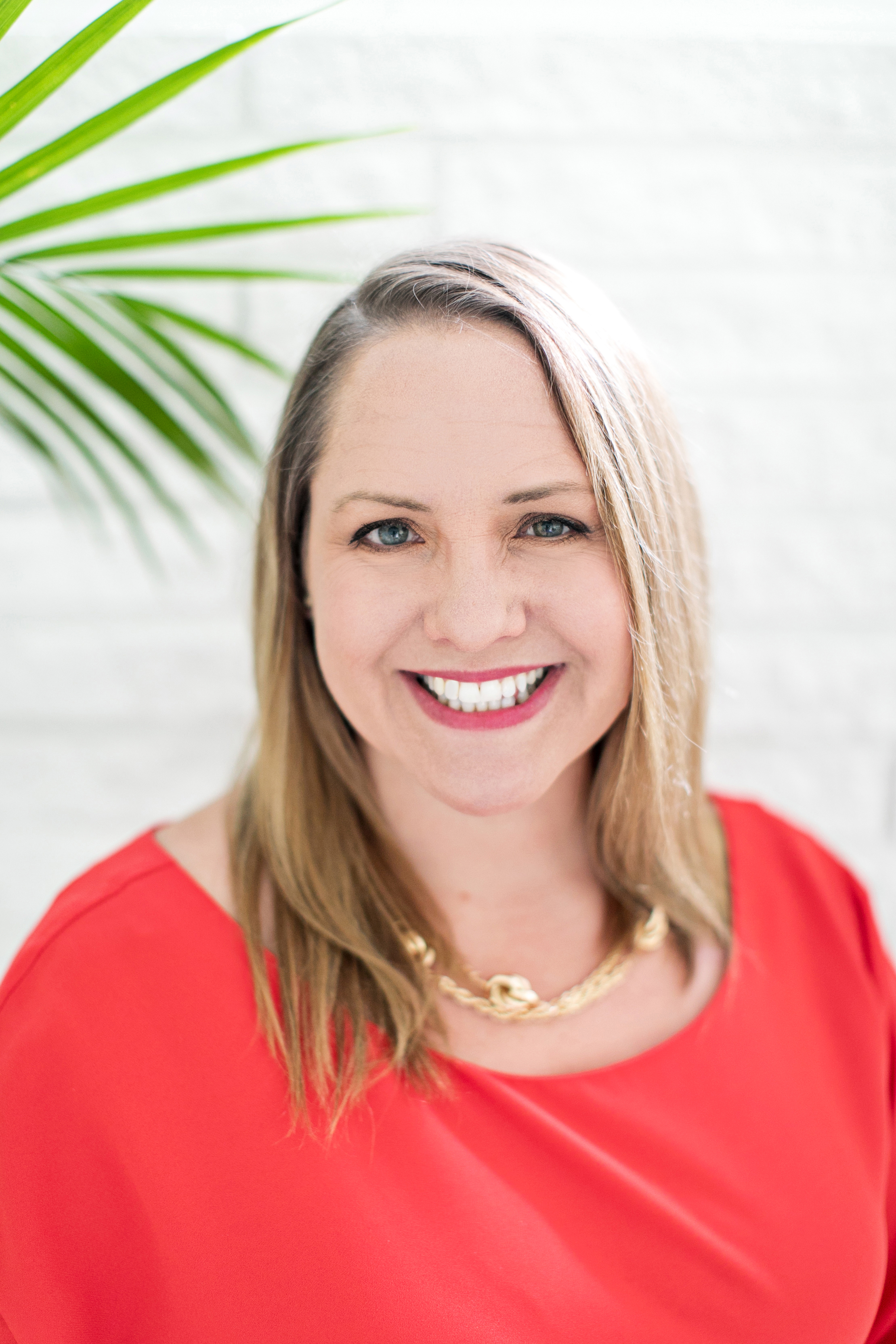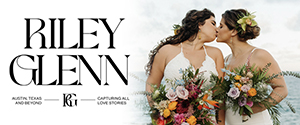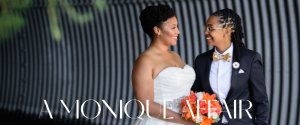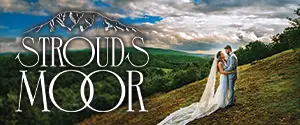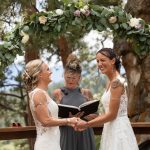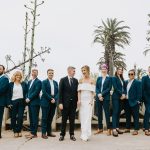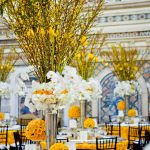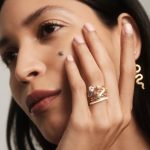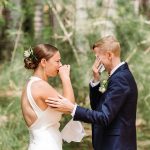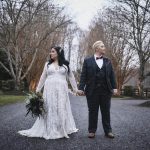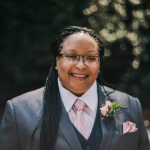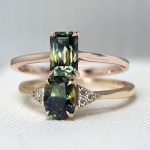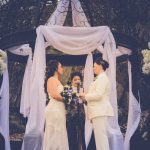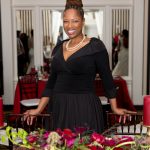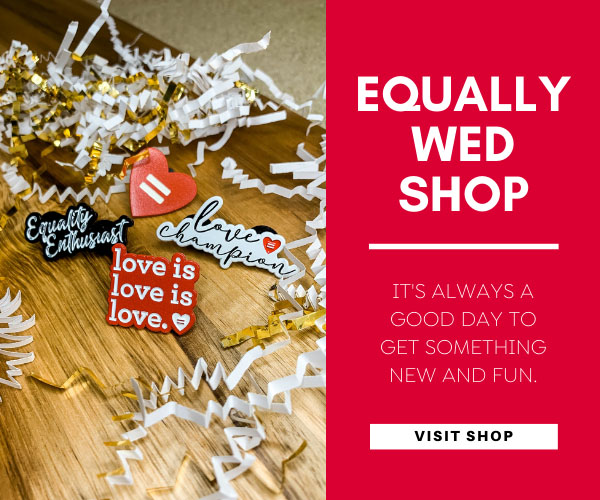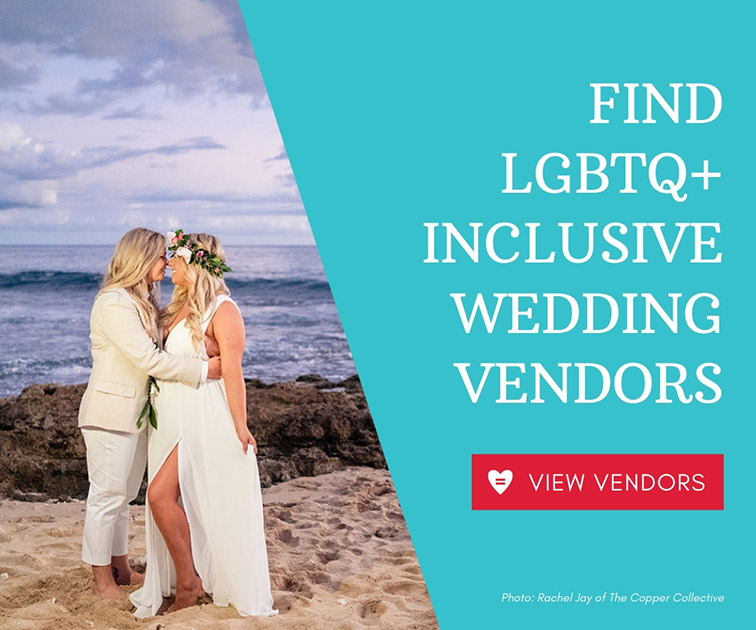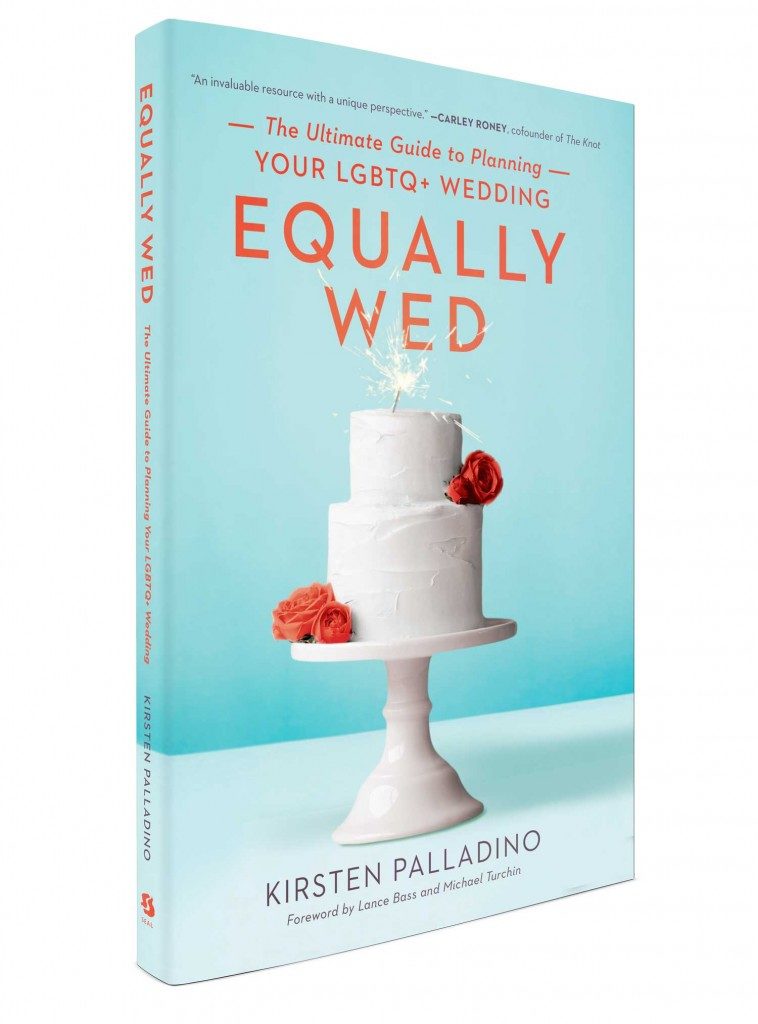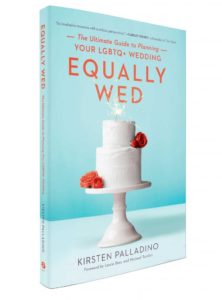 As the author of Equally Wed: The Ultimate Guide to Planning Your LGBTQ+ Wedding and the cofounder of the Equally Wed website, I recognize perhaps more than some how important words, names, labels, and boxes are—whether it’s a matter of usage or avoidance. Gender is a complex and fluid continuum. One of the reasons there was a need for a book like Equally Wed was to finally break the mold of the heteronormative terms “bride” and “groom” used in wedding books. Even other books that mention same-sex weddings often call two female-identified people getting married two “brides,” even though that term isn’t universally appropriate in the LGBTQ wedding community. By the same token, not all male-identified people want to be referred to as a “groom.” Social constructs are just that: a worldview built by society. People are complex, no matter what our gender identity is or who we fall in love with. More appropriate labels, terms and words to describe people in our community are certain to be as varied as the community itself.
As the author of Equally Wed: The Ultimate Guide to Planning Your LGBTQ+ Wedding and the cofounder of the Equally Wed website, I recognize perhaps more than some how important words, names, labels, and boxes are—whether it’s a matter of usage or avoidance. Gender is a complex and fluid continuum. One of the reasons there was a need for a book like Equally Wed was to finally break the mold of the heteronormative terms “bride” and “groom” used in wedding books. Even other books that mention same-sex weddings often call two female-identified people getting married two “brides,” even though that term isn’t universally appropriate in the LGBTQ wedding community. By the same token, not all male-identified people want to be referred to as a “groom.” Social constructs are just that: a worldview built by society. People are complex, no matter what our gender identity is or who we fall in love with. More appropriate labels, terms and words to describe people in our community are certain to be as varied as the community itself.
The goal of Equally Wed has always been to provide a safe, informative and inspirational place in which to plan your wedding where your identity is not only validated but valued. In my experience, most LGBTQ+ people have a certain vocabulary they use to define themselves. Here I’ve outlined some of the more frequently used terms you’ll find in Equally Wed: The Ultimate Guide to Planning Your LGBTQ+ Wedding and on equallywed.com. You might not have seen them before, or be only vaguely familiar with them. Keep in mind that the words you feel most comfortable with do not dictate what you wear or the rituals you practice on your wedding day. For example, a desire to call yourself a groom does not exclude you from being able to carry a bouquet if that’s your wish.
BACH PARTY A bach (pronounced “batch”) party is the gender-neutral term for a bachelor or bachelorette party.
BRIDAL The word “bridal” refers to anything related to the marriage and the festive celebrations around it, and its roots are actually gender-neutral. My usage of the word in Equally Wed: The Ultimate Guide to Planning Your LGBTQ+ Wedding is always in the gender-neutral sense.
BRIDE Anyone can be a bride, no matter their gender identity or orientation. This word is one that you choose for yourself.
BRIDEGROOM Historically, this term has been used for a man getting married. For modern weddings, anyone can claim this title for themselves.
BROOM “Broom” was coined in 2008 by Maria Palladino, cofounder and publisher of Equally Wed and my wife, when we were planning our own wedding (that’s us in the picture above). A broom typically presents themself as masculine but prefers this combination of the words “bride” and “groom” rather than “groom.”
CELEBRANT A gender-neutral term for both a person getting married and the person who performs the marriage ceremony.
CISGENDER The term for someone whose gender identity aligns with the sex they were assigned at birth.
GENDER NONCONFORMING The term for someone who does not adhere to stereotypes or other people’s views about how they should look or act based on the female or male gender they were assigned at birth.
GENDERQUEER The term for someone who identifies with neither, both, or a combination of male and female genders.
GENDER VARIANT Someone whose gender is varied, either in a fluid or a static way.
GRIDE A combination of the words “groom” and “bride.”
GROOM Anyone can be a groom, no matter their gender identity or orientation. This word is one that you choose for yourself. Grooms can wear anything.
GROUP MARRIAGE Group marriage is a term applied when more than two people enter into a marriage. While polyamory isn’t directly addressed in Equally Wed, polyamorous members of the LGBTQ+ community who are planning weddings to multiple partners are welcome here and encouraged to apply any or all of the ideas and guidelines suggested in Equally Wed: The Ultimate Guide to Planning Your LGBTQ+ Wedding.
INTERGENDER This is the term for a person whose gender identity is between genders or a combination of genders.
MARRIER A gender-neutral term for a person getting married or the person who performs the marriage ceremony.
NEARLYWED A gender-neutral term for a person engaged to be married.
NONBINARY A term for someone who identifies as any gender outside of the male/female binary.
THEY Equally Wed: The Ultimate Guide to Planning Your LGBTQ+ Wedding uses “they” as a singular pronoun, which covers men, women, gender fluid, transgender, nonbinary and gender-nonconforming individuals. “They” instead of “he or she” has been used in news outlets such as the Washington Post and the Wall Street Journal, and in fact, its usage is nothing new. “They” has been used as a singular pronoun for at least seven centuries, appearing in the work of writers from Chaucer to Shakespeare to Jane Austen.
WEDDING A wedding is a wedding is a wedding is a wedding. Regardless of legal standing in your hometown or abroad, your marriage ceremony is about coming together and committing your hearts and lives to one another. I hope marriage equality is one day a global reality. But your wedding isn’t any less valid just because a government or society doesn’t yet recognize you as equal citizens. You are equal to every other human on this planet, and your love matters.
I hope marriage equality is one day a global reality. But your wedding isn’t any less valid just because a government or society doesn’t yet recognize you as equal citizens. You are equal to every other human on this planet, and your love matters.—Kirsten Palladino
WEDDING PARTY The terms for your wedding attendants and helpers are endless. I explore name possibilities more in Equally Wed: The Ultimate Guide to Planning Your LGBTQ+ Wedding, but there are no rules for how you affectionately name the beloved attendants who stand up for you on your wedding day. Besides, rules are meant to be broken.
This text is an excerpt of Equally Wed: The Ultimate Guide to Planning Your LGBTQ+ Wedding, copyright of Kirsten Palladino, published by Seal Press, an imprint of Perseus Books, LLC, a subsidiary of Hachette Book Group, Inc.
Photo of Maria and Kirsten Palladino by Our Labor of Love




